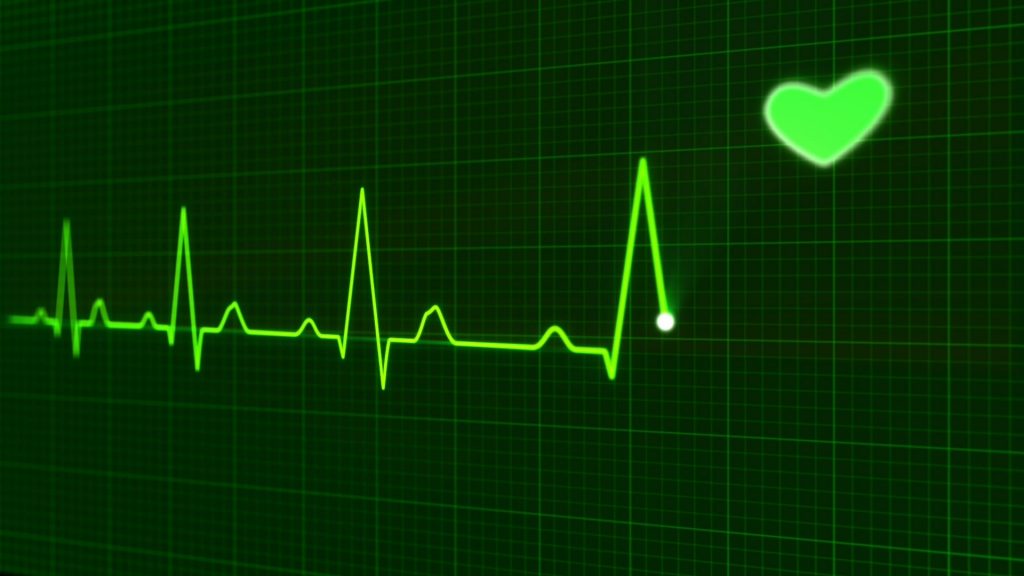What is an echocardiogram?
An echocardiogram (or echo) is an ultrasound study of the heart. It gives information about the structure and function of the heart muscle and valves.
When would you need an echocardiogram?
An echocardiogram may be requested by your cardiologist or another doctor, to assess symptoms that may suggest congestive cardiac failure (CCF), such as:
- Shortness of breath on exertion (SOBOE)
- Swelling of the legs and ankles (peripheral oedema)
- Shortness of breath when lying flat (orthopnoea)
- Waking in the middle of the night feeling extremely short of breath (paroxysmal nocturnal dyspnoea or PND)
A heart murmur sometimes indicates a narrowed (stenotic) or leaking (regurgitant) heart valve, and the valve involved as well as the severity – often expressed in terms of a pressure gradient – can be determined by an Echocardiogram.
Growths on the heart valves (vegetations) are associated with endocarditis, a rare condition caused by infection of the inner lining of the heart (endocardium).
The heart is surrounded by a membrane or sac known as the pericardium. Usually the space between the heart and the pericardium contains a very small amount of fluid, but if the pericardium is inflamed (pericarditis), the amount of fluid may increase enough to be detectable on an echo.
An echo is sometimes ordered when an individual has had a stroke or a Transient Ischaemic Attack (TIA or “mini-stroke”), to exclude the heart as a source of blood clots to the brain.
Get on top of your general health
Find and instantly book affordable GPs within Australia
How is an echocardiogram performed?
A cardiologist or sonographer uses a special type of Ultrasound machine and probe to perform an ultrasound of the heart. This is usually done with the probe on the chest, known as a trans-thoracic echocardiogram or TTE.
Sometimes it is necessary to get the probe even closer to the heart and this is achieved by a Trans-Oesophageal Echocardiogram or ‘TOE’ – the probe has to be swallowed and heavy sedation or a general anaesthetic is often required to make this tolerable.
Echocardiogram results explained
A detailed echocardiogram report is usually typed and sent to your doctor. It may include:
- the relative size and functioning of the heart chambers – atria and ventricles
- the motion of the muscular walls of the heart (anterior, posterior, inferior, right ventricular), if impaired, described as hypokinesis
- the state and functioning of heart valves, including the presence or absence of vegetations (growths, usually caused by infection)
- the presence or absence of a pericardial effusion (fluid around the heart)
- the strength of contraction of the left ventricle, sometimes expressed as the Ejection Fraction.
Related specialists
Related procedures
- Percutaneous Coronary Intervention (PCI)
(also known as Percutaneous Transluminal Coronary Angioplasty or PTCA) - Coronary Artery Bypass Grafting (CABG)
Related tests
- Electrocardiogram (ECG)
- Exercise Stress Test (EST)
- Chest X-Ray (CXR)
- Dipyridamole-Thallium Scan (Dip-Thall)
- INR Test (International Normalised Ratio)
- Troponin
- Ultrasound Scan
- Carotid Doppler Ultrasound Scan
Also known as
- Echo
- Heart echo
- Heart ultrasound
- TOE (Trans-Oesophageal Echo)
- TEE (Trans-Esophageal Echo) – American spelling
- TTE (Trans-Thoracic Echo)
Links
A: Use HealthEngine to find and book your next GP appointment. Click on the following locations to find a GP clinic in your state or territory.
This article is for informational purposes only and should not be taken as medical advice. If in doubt, HealthEngine recommends consulting with a registered health practitioner.
All content and media on the HealthEngine Blog is created and published online for informational purposes only. It is not intended to be a substitute for professional medical advice and should not be relied on as health or personal advice. Always seek the guidance of your doctor or other qualified health professional with any questions you may have regarding your health or a medical condition. Never disregard the advice of a medical professional, or delay in seeking it because of something you have read on this Website. If you think you may have a medical emergency, call your doctor, go to the nearest hospital emergency department, or call the emergency services immediately.








